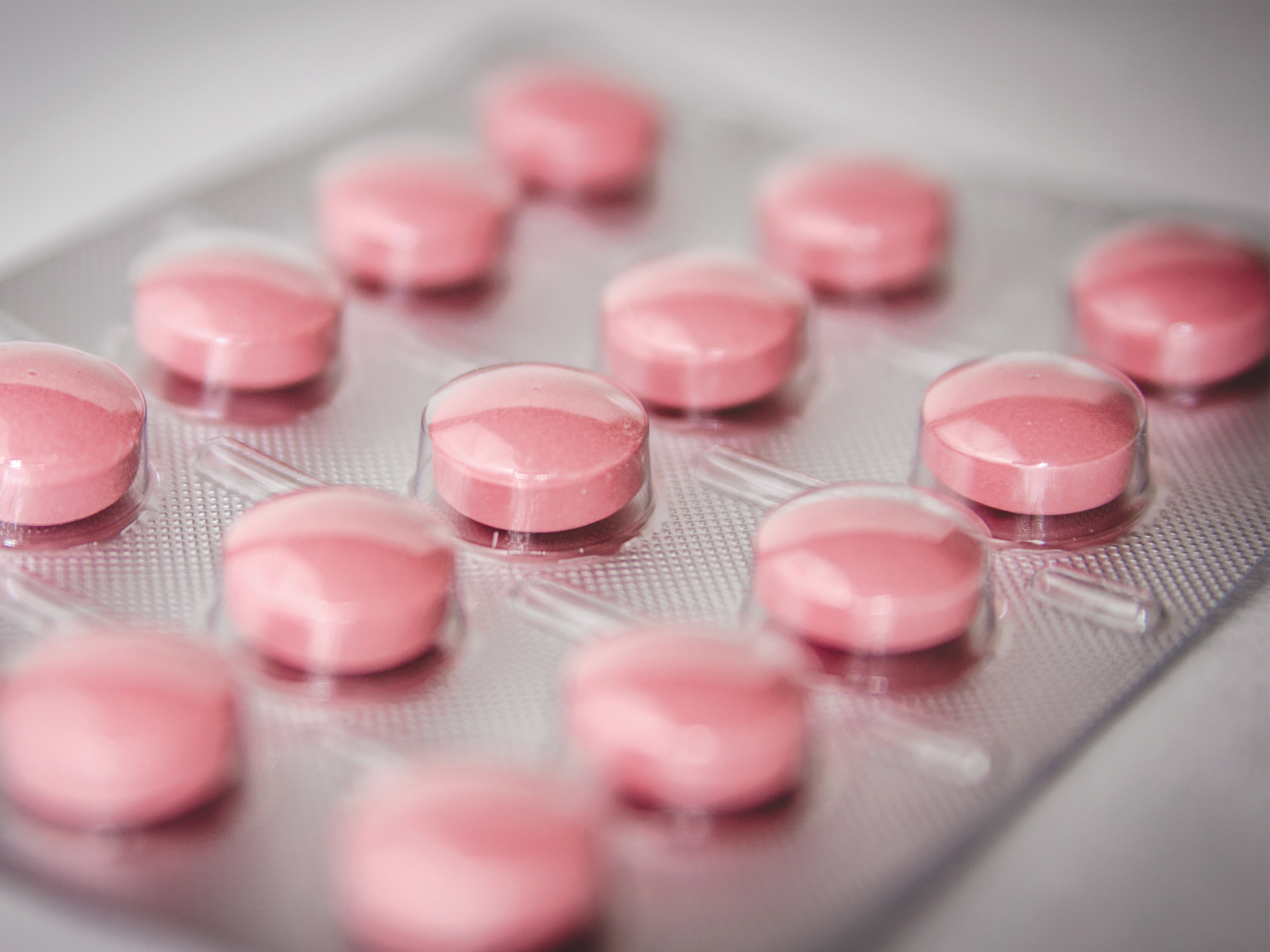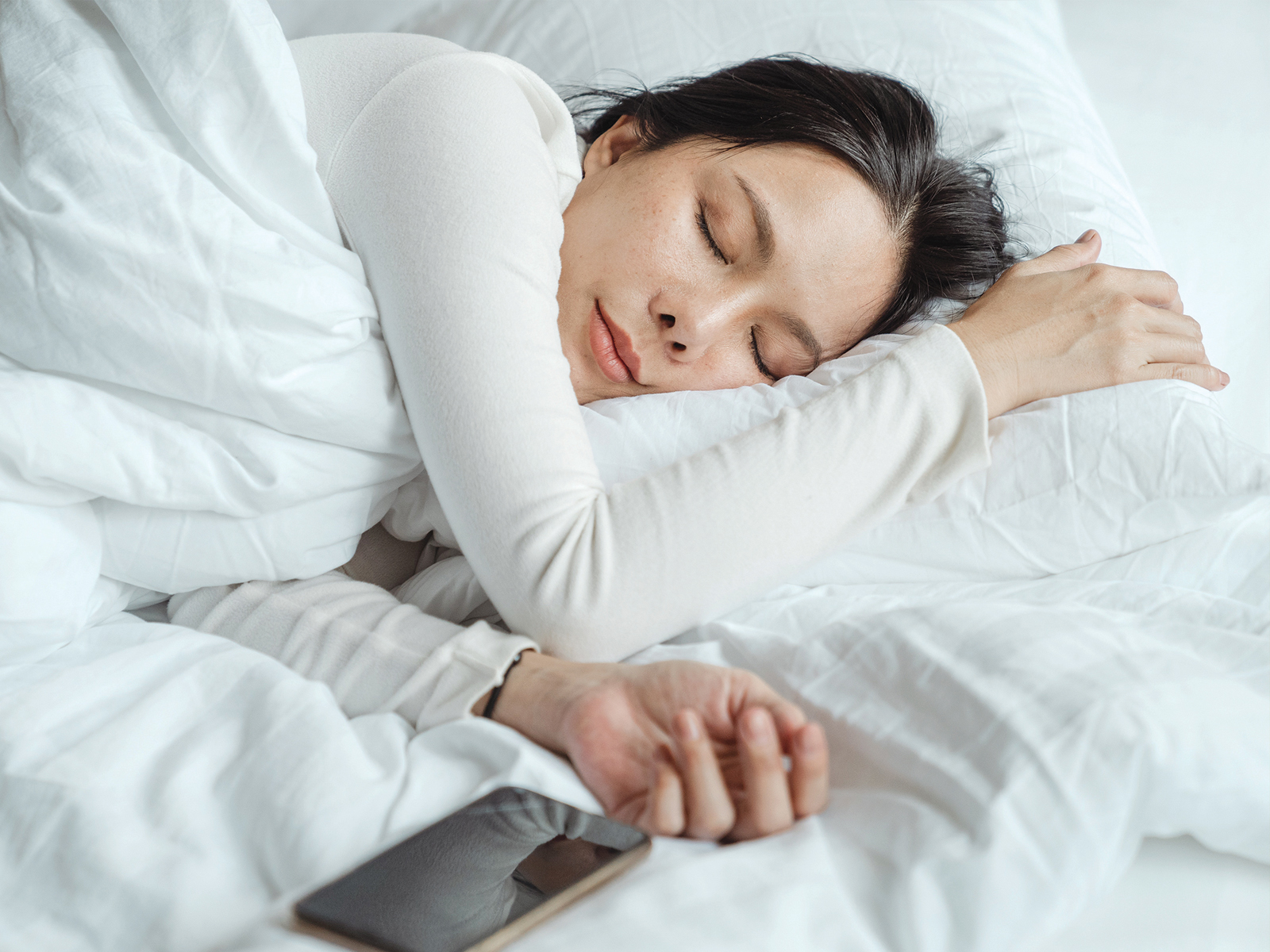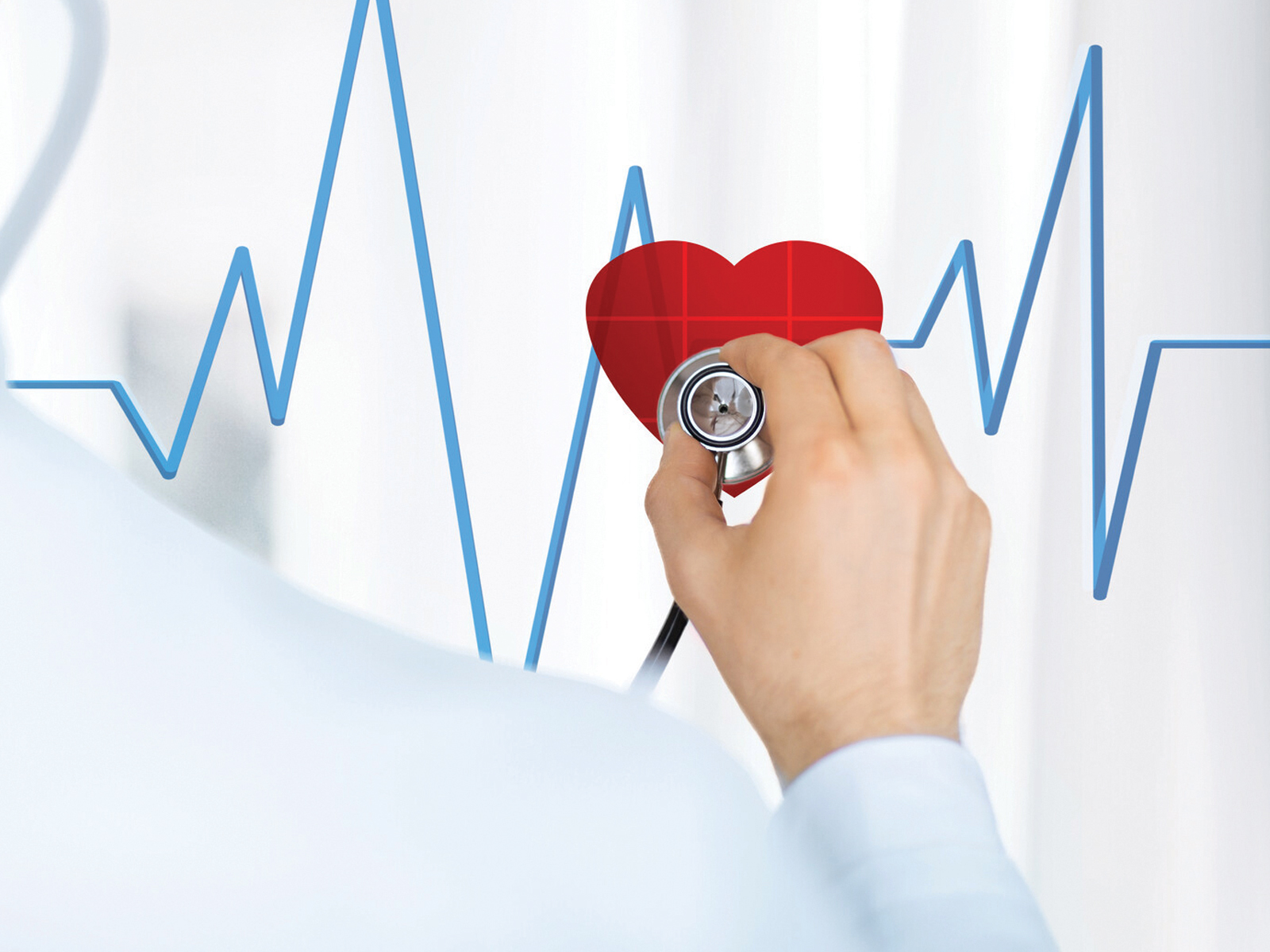The science of placebos is fueling quackery
By Fabrizio Benedettie
Many scientists have been working hard to reveal the full power and scope of the placebo effect—the amazing ability of a simple sugar pill or other non-pharmaceutical “fake intervention” to improve quality of life. The placebo effect describes how belief and expectation of receiving a drug may produce a benefit, such as pain reduction.
But one unfortunate outcome of all this work is that profit-seeking companies and individuals now have a new weapon: It is no longer necessary to demonstrate the effectiveness of their proposed therapies; it is enough to assert that these work because of the placebo effect.
As far as we know, placebos do not cure, but can sometimes improve quality of life. Research tells us that placebos can reduce symptoms like pain and muscle rigidity for sufferers of Parkinson’s disease, but they don’t affect the progression of the disease—the degeneration of brain cells keeps advancing.
The research and medical communities must be more transparent about the efficacy of conventional pharmacological and nonpharmacological treatments, by acknowledging that some of them are useful whereas some others are not.
Source: knowablemagazine.org
What happens when we let people sleep when they want to?
By Prof Colin Espie
Sleep thrives on a pattern, and, clearly, the pandemic hasn’t been kind to pre-pandemic patterns. COVID-19 has imposed its own schedules, and workplaces, schools and bedtimes have struggled to keep pace. The pandemic created an impromptu social experiment of sleep habits. Many people experienced a new flexibility in schedules, so what happens when people can alter their sleep habits to more closely align with their circadian rhythms?
In a study of nearly 15,000 adults from 14 countries, almost half of the respondents reported that their pandemic schedules more closely aligned with their natural sleep-wake cycles. Social jet lag (SJL) is the gap between social schedules and natural sleep-wake cycles. People with high SJL—who have big variations in their schedules—are more susceptible to insomnia, depression, anxiety and lower well-being than those with consistent schedules.
The study shows that forcing people to align to a single schedule only works for about half of us. What we need to study next is how more flexible schedules and new patterns may help the other half.
Source: sciencefocus.com
Death during sex is not something that happens to just middle-aged men
By David C Gaze
Sex has many beneficial physical and psychological effects, including reducing high blood pressure, improving the immune system, and aiding better sleep. But there’s a dark side: people sometimes die during or shortly after sex. The incidence is, thankfully, extremely low and accounts for 0.6 per cent of all cases of sudden death.
There are many reasons why this happens to people. In most cases, it is caused by the physical strain of the sexual activity, prescription drugs or illegal drugs, or both.
Recently, researchers at St George’s, University of London, found that the average age of death was 38 years, and 35 percent of the cases occurred in women, which is higher than in previous studies. These deaths were typically not caused by heart attacks, as seen in older men.
This new study suggests that sudden cardiac death in people under the age of 50 is mainly due to sudden arrhythmic death syndrome or cardiomyopathies. However, the low incidence of death in these studies suggests the risk is very low—even in people with existing heart conditions.
Source: theconversation.com














